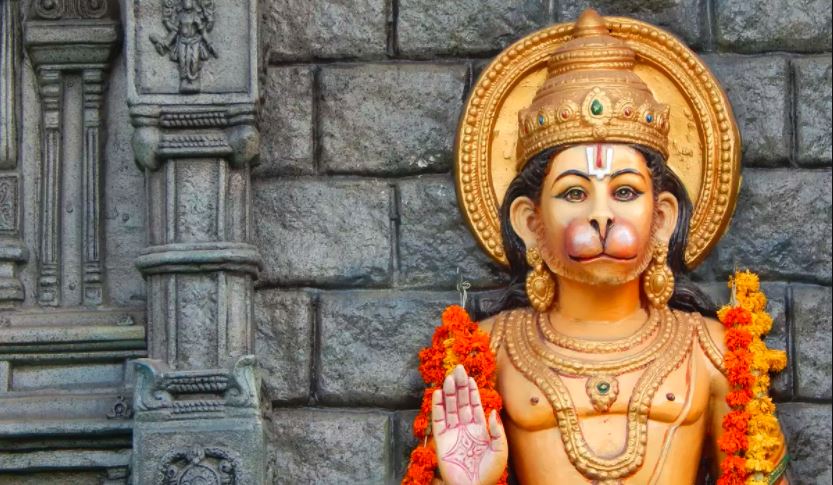In the last few days, an intense scholarly debate has emerged between two Southern states – Andhra Pradesh and Karnataka – over the birthplace of Bhagwan Hanuman. Traditionally Anjeyanadri Hill in Kishkinda near Hampi in North Karnataka has been labelled as the birthplace of Bhagwan Hanuman but Tirumala Tirupati Devasthanam (TTD) has claimed the Anjanadri in the seven hills of Tirumala as His birthplace and presented various historical evidence from ancient literature to support its claim.
In December last year, TTD constituted an eight-member committee of experts with names like National Sanskrit University vice-chancellor Prof Muralidhar Sharma, SV Vedic University vice-chancellor Prof Sannidhanam Sharma, ISRO scientist Remella Murthy, Deputy Director of State Archaeology Vijaykumar, professors Ranisadasiva Murthy, J. Ramakrishna and Sankara Narayana along with TTD SV Higher Vedic Studies project director Akella Vibhishana Sharma as the convener to look after the historical evidence about the birthplace of Bhagwan Hanuman.
Now with the report in its final stage, TTD has claimed that the expert panel constituted by it has gathered all the historical evidence that shall prove that Bhagwan Hanuman was born in Andhra Pradesh, not Karnataka.
On the other hand, Karnataka, which has been traditionally called the birthplace of Bhagwan Hanuman – as per references in Ramayana, Bhagwan Ram met Bhagwan Hanuman in Kishkinda near Hampi – is planning to build a Hanuman Janmabhoomi temple near the site. “Now, we will develop the place as a pilgrimage centre with redemption of the tag of Hanuman Janmasthala,” Koppal district minister BC Patil said.
The intense scholarly debate between the two states is interesting, and it will ensure more research on the subject and probable excavation of the sites. The contest might sound controversial, but it will be beneficial for proper historical research over what is written in ancient Hindu text, and will probably generate a lot of enthusiasm over the birthplace of other deities, too.
The increase in interest of the people of the country in the ancient knowledge and willingness of institutions like TTD to allocate resources for historical research paves a way for a brighter future for the rediscovery of ancient wisdom, practices, and customs.
Last year, when the DD broadcasted the Ramayana on TV during the lockdown, it shattered all records of viewership in the country. TV series Ramayana, created by Ramanand Sagar and primarily based on Valmiki Ramayana and Tulsidas’ Ramcharitmanas, was an enormous success back then when it released in 1987 and it was an even bigger success when it was broadcasted by DD last year.
Last month, the Yogi government launched an encyclopaedia on Ramayana. In the Encyclopaedia of the Ramayana, the Yogi government will record every tiny detail about Lord Ram from every possible source of the world. The idols, temples, scriptures, works of literature, painting, and even the ideology of Lord Ram will be included in the encyclopaedia.
While launching the Global Encyclopaedia of Ramayana, Yogi said that the historical facts cannot be suppressed and some people raise questions on the presence of Lord Ram in Ayodhya. The launch of the Encyclopaedia of Ramayana will not only help people learn about unknown scientific and spiritual facts about the epic but will also be a big jolt to historians and people who are trying to ignite anti-Hindu sentiments among the masses.
The renewed interest in India’s ancient wisdom shall lead to more allocation of resources for study, exploration, and conservation of what our ancestors had to offer for us, and what made this land the richest and most powerful country on earth for millennia.
